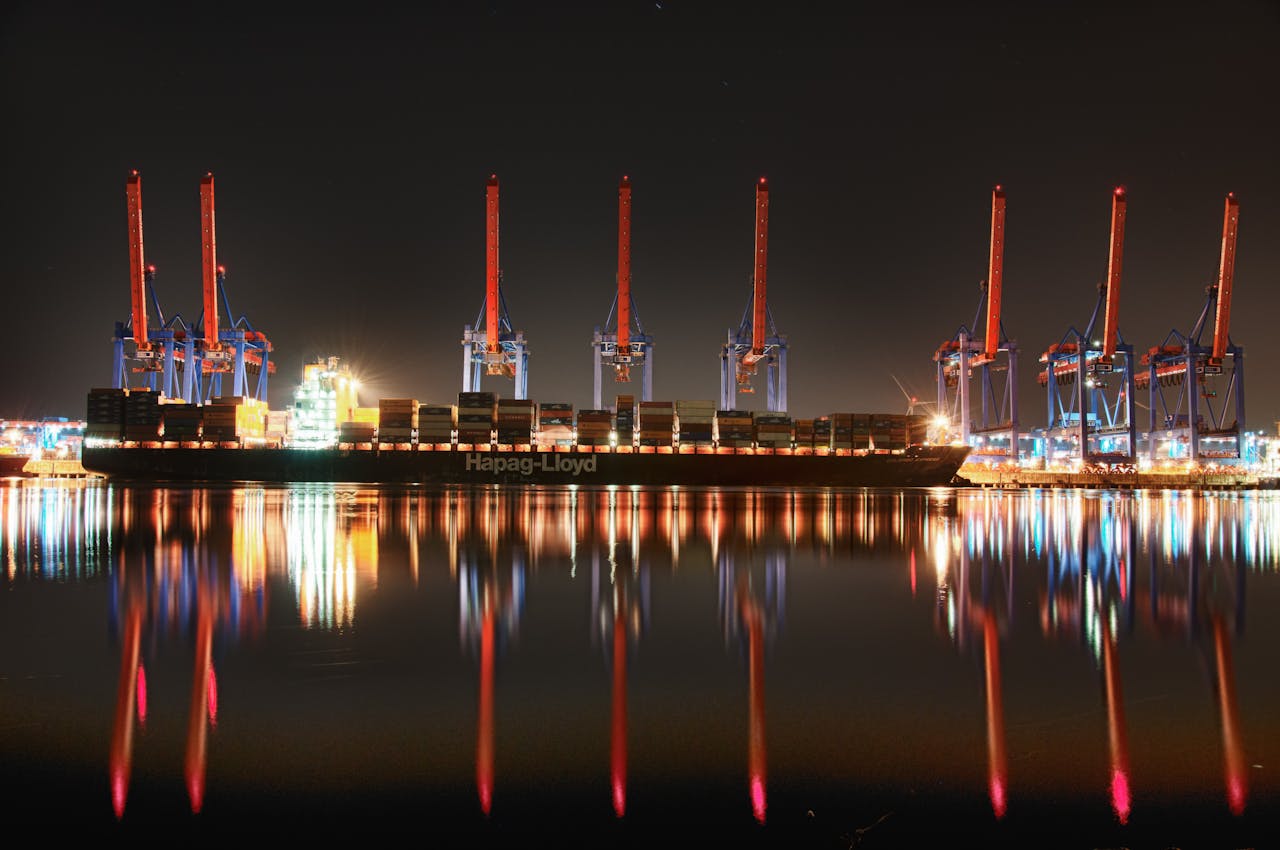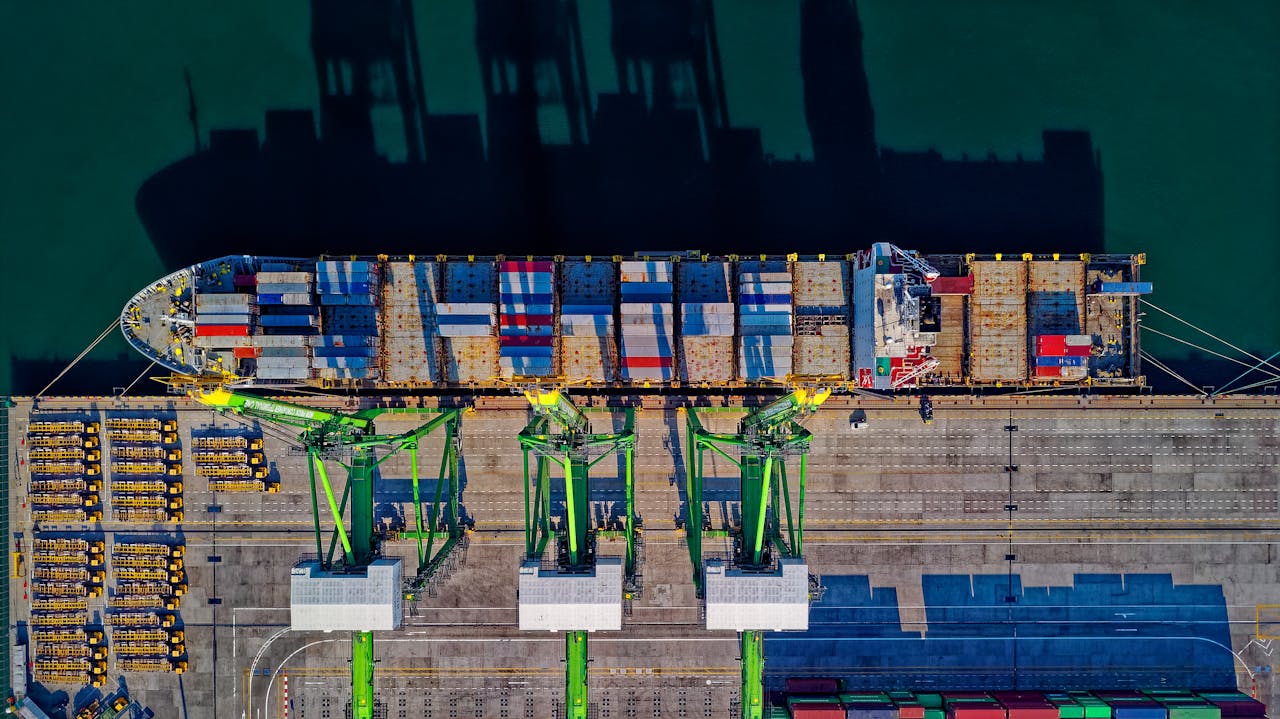The shipping industry is on the cusp of a revolution. With the rise of e-commerce, changing consumer expectations, and advancements in technology, the way goods are transported is evolving rapidly. In this blog post, we’ll explore the emerging trends and technologies that are shaping the future of shipping.
Trends:
- Sustainability: With growing concerns about climate change, shipping companies are under pressure to reduce their environmental impact. Expect to see more emphasis on sustainable practices, such as alternative fuels, optimized routes, and reduced packaging.
- E-commerce: The rise of online shopping has transformed the shipping landscape. Shipping companies are adapting to meet the demands of e-commerce, including faster delivery times and more flexible shipping options.
- Digitalization: The shipping industry is becoming increasingly digital, with companies leveraging technology to streamline operations, improve efficiency, and enhance customer experience.
- Autonomous Shipping: Autonomous vessels and drones are being tested and implemented, promising to increase efficiency, reduce costs, and improve safety.
Technologies:
- Artificial Intelligence (AI): AI is being used to optimize routes, predict demand, and improve supply chain management. Shipping companies can leverage AI to reduce costs, improve efficiency, and enhance customer experience.
- Blockchain: Blockchain technology is being explored for its potential to improve supply chain transparency, security, and efficiency. It can help track shipments, verify authenticity, and streamline customs clearance.
- Internet of Things (IoT): IoT devices are being used to track shipments, monitor cargo conditions, and optimize logistics. This can help reduce losses, improve customer satisfaction, and increase efficiency.
- 5G and Edge Computing: The rollout of 5G networks and edge computing is enabling faster data transfer, improved connectivity, and enhanced real-time monitoring. This can help shipping companies respond quickly to changes in demand, weather, or other factors.
- Electric and Alternative-Fueled Vehicles: With growing concerns about emissions, shipping companies are exploring electric and alternative-fueled vehicles. This can help reduce carbon footprints, lower operating costs, and improve air quality.
What’s Next?
As these trends and technologies continue to evolve, we can expect to see even more innovative solutions emerge. Some potential developments to watch include:
- Increased use of drones and autonomous vehicles: Expect to see more widespread adoption of drones and autonomous vehicles in shipping, particularly for last-mile delivery.
- More emphasis on sustainability: Shipping companies will need to prioritize sustainability, reducing emissions and waste while improving efficiency.
- Greater transparency and security: Blockchain and other technologies will help improve supply chain transparency and security, reducing the risk of counterfeiting and other crimes.
Conclusion
The future of shipping is exciting and rapidly evolving. With emerging trends and technologies, shipping companies can improve efficiency, reduce costs, and enhance customer experience. By staying ahead of the curve, businesses can capitalize on these developments and thrive in a changing industry. Whether you’re a shipping company, a business, or an individual, it’s essential to stay informed about the latest trends and technologies shaping the future of shipping.



